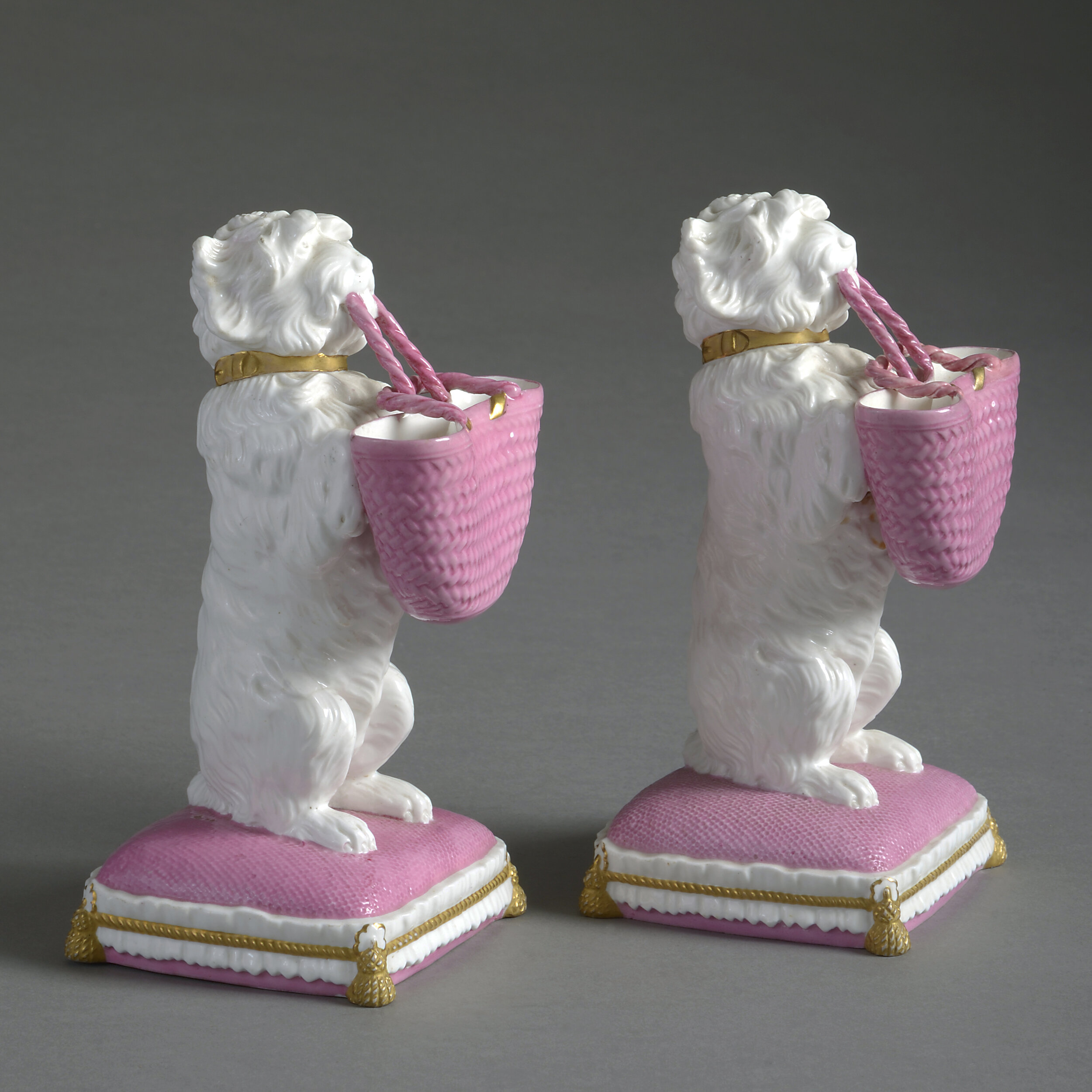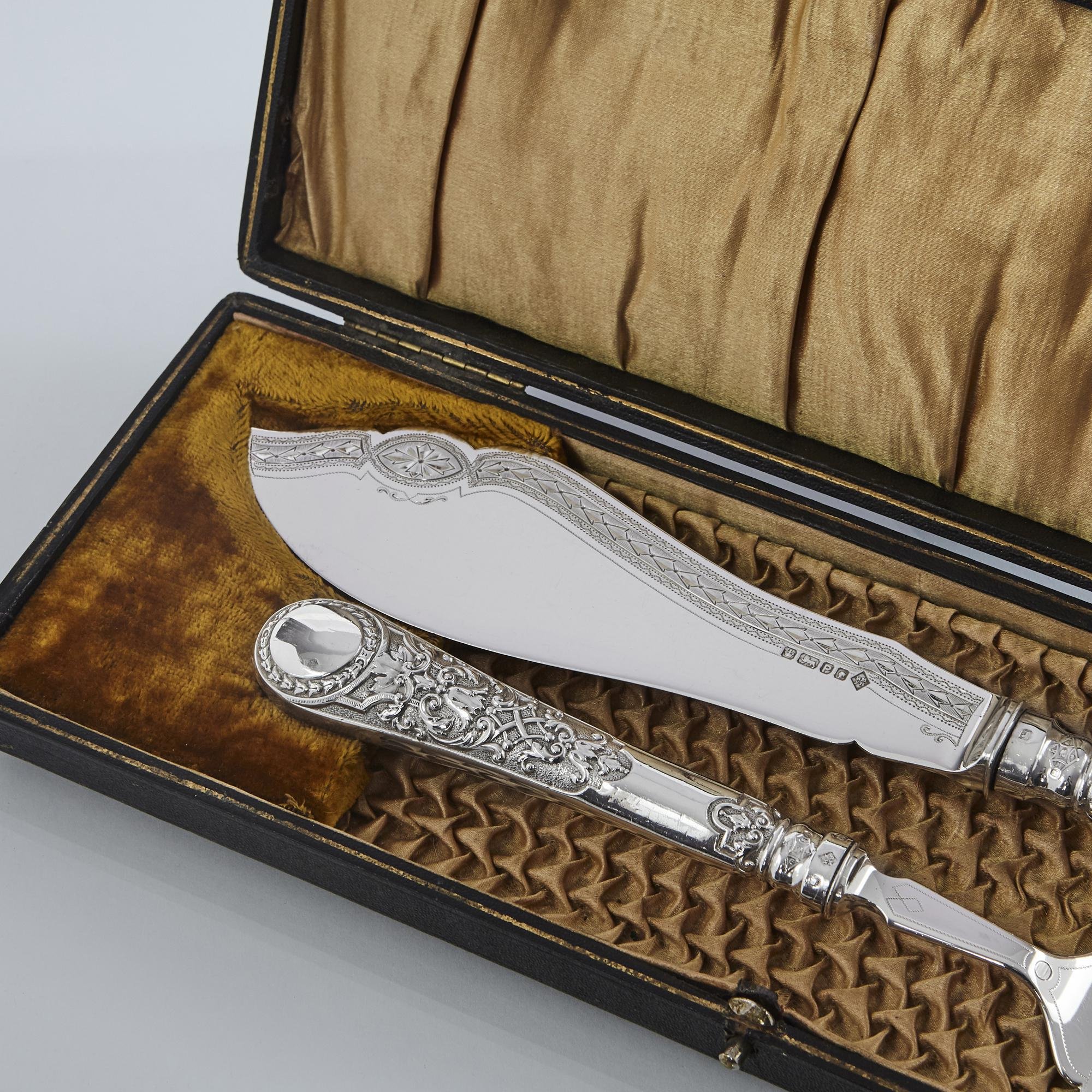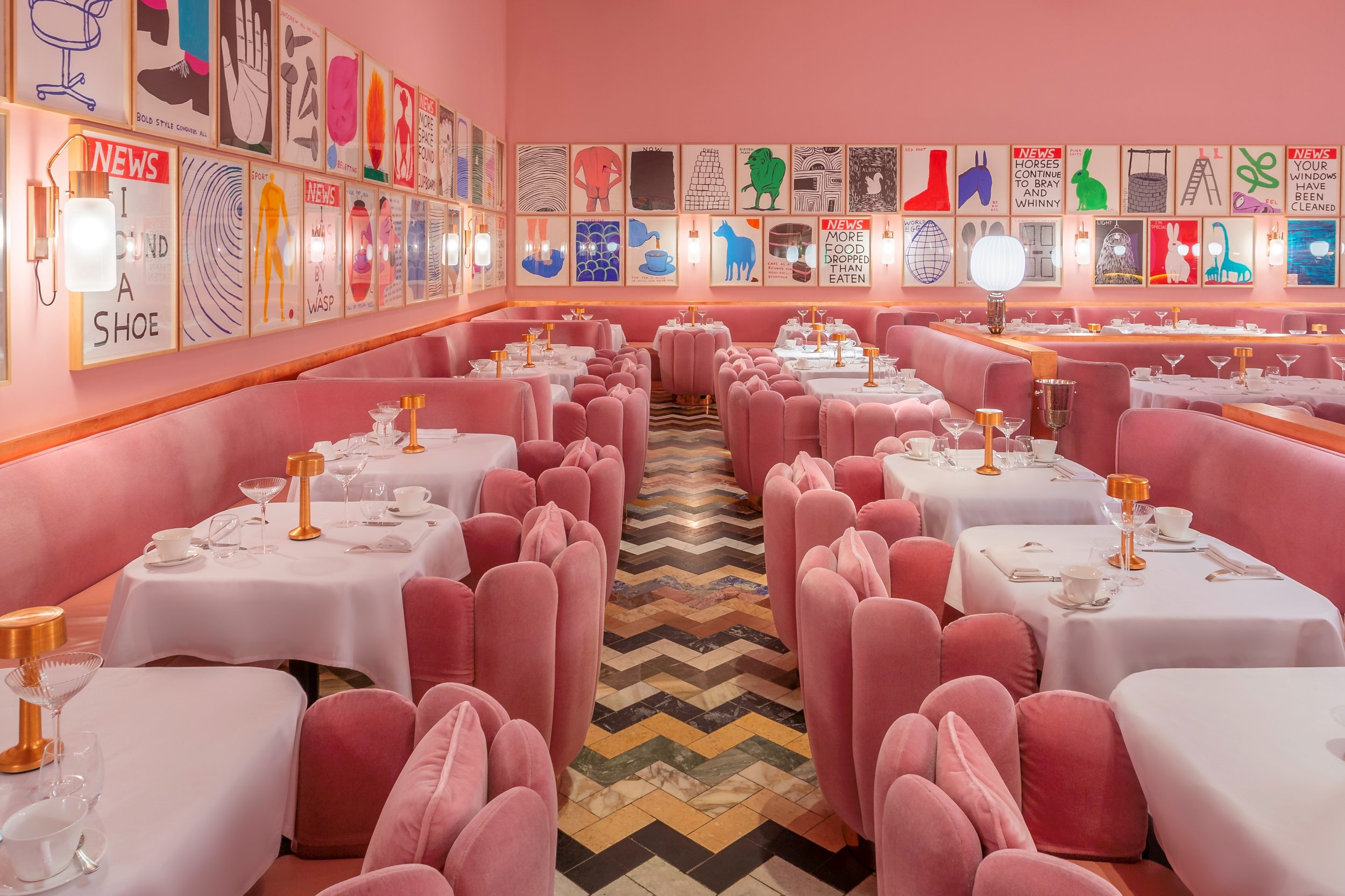Sparking Joy
6 November 2020
Whether your passion is Rococo pineapples or Art Nouveau silver, there is an innate pleasure in curating a collection.
Daisy Dunn
Daisy Dunn is a classicist and the author of, most recently, Homer: A Ladybird Expert Book, and an anthology entitled Of Gods and Men: 100 Stories from Ancient Greece and Rome.
Francesco I de’Medici, Grand Duke of Tuscany in the late sixteenth century, must have been one of the most peculiar collectors of his age. The amateur alchemist had a tiny room in the Palazzo Vecchio in Florence transformed into a secret studiolo and proceeded to fill it with the products of his experiments. His favourite materials were concealed in compartments behind specially commissioned paintings. The resulting cabinet of curiosities must have smelled as wondrous and bewildering as it still looks.
The Medici duke was a trailblazer for those today who believe that it’s not what you collect, but why you do it, that matters. I couldn’t call myself a collector, but my much-derided love of Staffordshire dogs and Rococo pineapples has provided the impetus for many an enjoyable weekend ramble. Collecting, after all, is largely a private passion, shaped by personal tastes, hunger for knowledge, and an inexplicable commitment to a particular set of objects. A collection needn’t appeal to anyone other than yourself unless you plan to sell it on.
Anthony Bernbaum, a specialist in Arts and Crafts and Art Nouveau silver and jewellery at The Peartree Collection in London, tells me that his customers are divided between design collectors, who want something individual they can base a concept around, and more private individuals, who fall into various categories:
‘There are collectors who want the whole of a range, or the whole of a set, or instead very few pieces that tell a specific story. Others build up collections around specific people, such as Archibald Knox, who has a huge following as a designer for Liberty, and Charles Ashbee, an acolyte of William Morris. My own collection is shaped by my passion for Arts & Crafts.’
Pair of Victorian William Brownfield Ceramic Dogs, English, circa 1875, H:19 cm.
Image courtesy of Adam Calvert Bentley
There is, of course, a strong psychological basis to the desire to collect, gather, and master some area of the world, however small, and exert control over it. Children are instinctive collectors and categorizers, be it of rocks and minerals, playing cards, stickers or, in my own case, beautifully packaged sugar lumps. The pleasure of acquiring and organising objects with a pleasing aesthetic or haptic quality is one we experience early and continue to cultivate in some form or other as adults. You need only reshuffle your spice rack to get a taste of the satisfaction that can come from curating things of similar size and type.
While the vogue for Kunstkammern helped fuel the rise of collecting between the sixteenth and eighteenth centuries, humans have been acquiring objects on chosen themes for thousands of years. The great Library of Alexandria grew out of a relentless, often aggressive pursuit of papyrus scrolls, which were innovatively catalogued. The sole surviving library from the Graeco-Roman world, preserved at Herculaneum during the eruption of Vesuvius in AD 79, has yielded over a thousand papyri scrolls, mostly on the rather niche topic of Epicurean philosophy.
The Romans indeed had a ravenous appetite for collecting scholarship and trivia. Pliny the Elder, who lost his life beneath the volcano, left behind a rich cornucopia in his seminal encyclopaedia of Natural History. The historian had been inspired to collect as many pieces of knowledge as possible to save them from oblivion.
Book-collecting remains popular today – and not only by those with a taste for manuscripts and rare bindings. Don Kelly Books handles specialist arts and reference titles which offer private collectors and dealers the detailed information they need as they go about making their purchases in specific fields.
‘Online sales rocketed during lockdown’, says Kelly, ‘With everything online, if you’re buying [an antique] from a photo, you want to know what you’re getting. Every dealer has a huge collection of these books. You can’t find this depth of knowledge on the internet’.
Anthony Bernbaum agrees that, if you want to buy sensibly, you need books – and preferably also a mentor in the form of a specialist dealer. The process of reading up closely on a subject and gaining expertise in it is just another attractive facet of collecting.
Other modes of study may reward you with a diploma or degree, but in this world, the fruits of your passionate research may take the form of a dazzling and ultimately valuable array of teapots, sugar-tongs or paintings. The opportunity to acquire knowledge and connect with history through the pursuit of carefully selected treasures of the past – however arcane – is something no auctioneer can put a price on.







